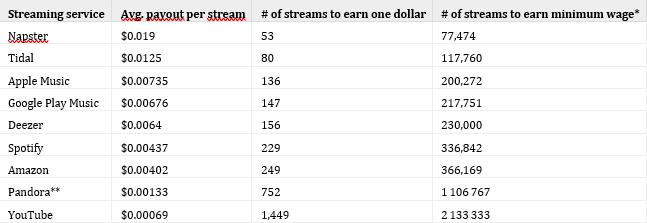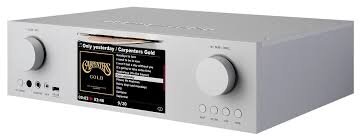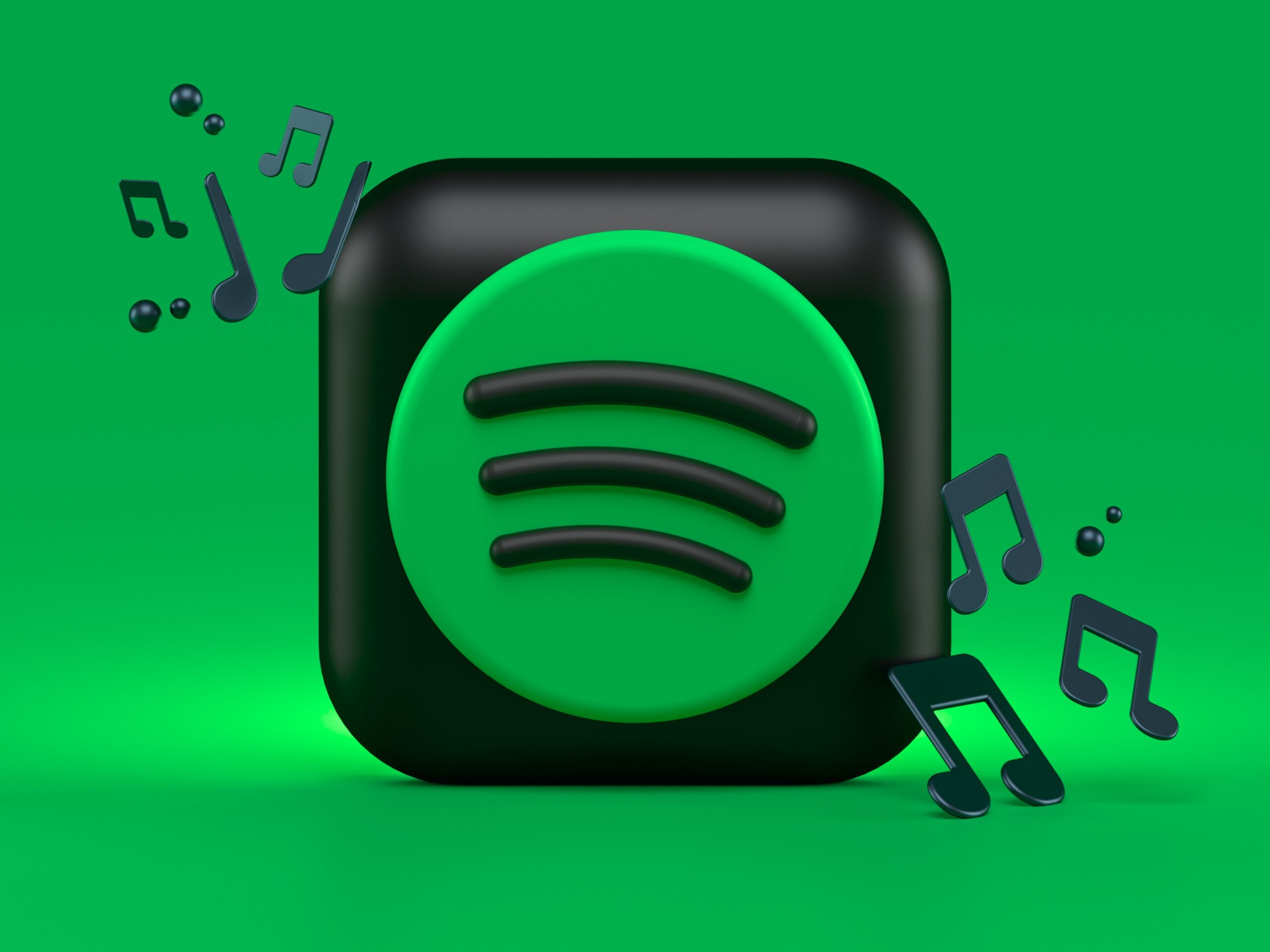More than 30 years ago, the tabling of the Brundtland report introduced the concept of sustainable development, of which there are three pillars: economic, social, and environmental.
This begat fair trade, at the time considered avant-garde, which instituted a set of policies that spanned the world and forever altered the standards we use to buy and consume goods. We are now more inclined to ask about the provenance of the product — is it eco-friendly? Was the worker involved in its production of working age and paid fairly for his or her work? These questions have become part of the purchasing process for many of us.
I believe the music world is in dire need of a Brundtland report, or at the very least a major overhaul in the way music revenues are apportioned. A few weeks ago, I came across some troubling statistics. According to figures analyzed by statistics-gathering company Statistica, physical album sales in the U.S. dropped by 18.7 percent between 2018 and 2019. In 2013, sales amounted to 289.4 million units, itself a drastic drop from the 331 million units sold in 2011. In all, music album sales in the United States have plummeted from 500 million units sold in 2007 to under 170 million units sold in 2017, a number that would have been substantially worse if not for the resurgence of vinyl record sales (who would have guessed this ten years ago?). While the drop is less pronounced for downloads of albums and digital tracks, sales continue to decline year after year. Worrisome, right?

Looking at the above figures, it’s evident that today’s artist depends a great deal on being able to tour to earn a living from his or her art and, by extension, allow us to benefit from it. But with the pandemic, sources of income derived from local or national shows are, to say the least, slim, if not non-existent.
So what are we doing to support our artists and the new generation of music? It would seem, not enough. Streaming accounted for 79 percent of the U.S. music industry’s revenue in 2019, up from 75 percent a year earlier.
To put these numbers into perspective, here’s a chart showing how much artists are being paid by various online streaming services:


These figures are alarming for artists working in so-called popular genres, but they’re even more alarming for artists in jazz and classical music.
Please don’t get me wrong. The point of this column is not to bash streaming services. Indeed, streaming is a great way to discover new artists and musical genres. To my music collection were added groups such as Elbow, London Grammar, and Cigarettes After Sex thanks to streaming. And, truth be told, I subscribe to several streaming services: Spotify, Apple Music, Primephonic, Qobuz, Tidal, and Amazon HD. Truth is, streaming offers an unparalleled level of choice and convenience. No need anymore to store our music on hard drives and SD cards. 60 000 000 titles can now be accessed from our laptop for a modest sum of, on average, $15 a month, less than the $20.00 it cost in the 90s to purchase a CD. Why pay more when the world of recorded music is at your doorstep?

Unfortunately, the current model of remuneration from streaming is unsustainable for most artists, made worse by a pandemic that has eliminated touring as a viable source of revenue.
So what can we do? We already know some of the answers: we can subscribe to a virtual concert series or pay a few bucks to live stream the occasional performance. To that, we can add buying an item or two of the artist’s official merchandise (merch). And while we’re at it, why not sign our name on any petitions we come across that demand that streaming companies pay a fair percentage of revenues to the artists who created the music in the first place? But maybe more important, and despite the level of choice and convenience offered by streaming, if we music lovers, from time to time, could add a few more albums, physical or downloaded, to our collection, we may be able to give the artists a fighting chance to make a living.
The way we consume music today has a direct effect on the music of tomorrow, from supporting the artists, to helping develop new musical genres, to the enrichment of our national culture, but also in introducing people to better audio reproduction. As of now, in the U.S. and Canada, only Deezer, Tidal, Qobuz, Amazon, and soon Spotify, offer CD-quality sound.
So, will you commit to being artist-friendly?










Leave a Reply